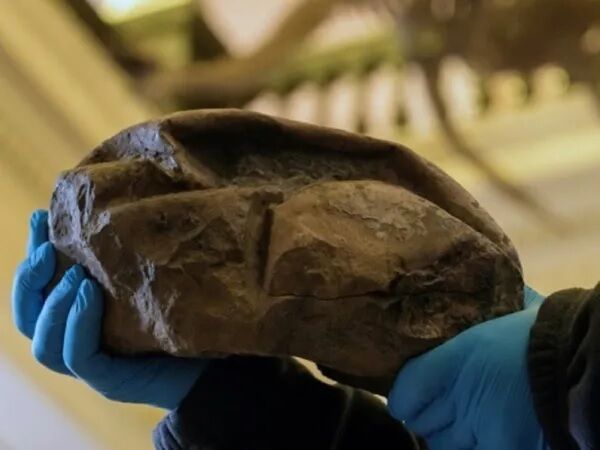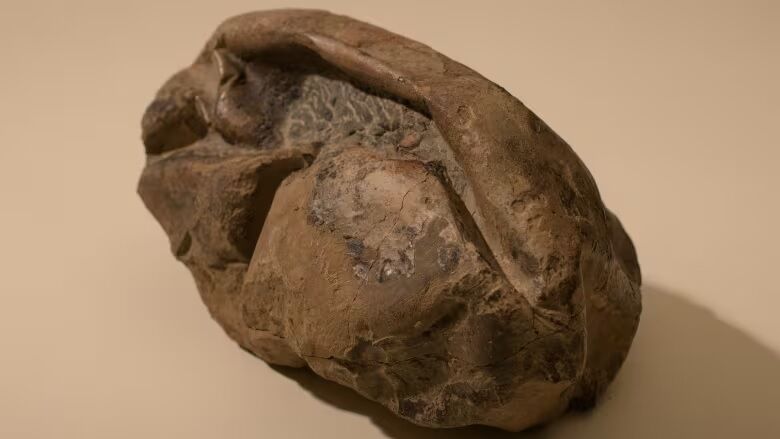Scientists have revealed the secret of a giant egg that is 66 million years old (photo)

Scientists have solved the mystery of a fossil that resembles a deflated American football. The archaeological find was discovered in 2011 and is kept in the National Museum of Natural History of Chile.
A fossil egg that is more than 66 million years old was found on Seymour Island in Antarctica. Some researchers claim that its age can reach 68 million years, writes IFLScience.
You may also be interested: A richly decorated Roman villa with "tables of curse" was found in England (photo)
After detailed research and analysis, scientists came to the conclusion that the egg belongs to an extinct giant sea lizard or a snake that lived in the age of dinosaurs.
The size of the fossil is 29 cm by 20 cm, making it the second largest egg in the world. The first place is occupied by the eggs of the extinct giant flightless birds-elephants of Madagascar.
Lucas Legendre, a paleontologist at the University of Texas, notes: "This new egg is the first fossil egg found in Antarctica, and it is the largest soft-shelled egg ever found."
He also adds: "The egg resembles a deflated football. It is elongated, deformed, with many cracks and folds on the surface. One side is flattened, indicating that it was lying on the seabed. The shell is very thin and poorly mineralized, as in the eggs of lizards and snakes".


The egg was found by Chilean scientists in a rock where fossils of several other dinosaurs were also found. All these finds are kept in the National Museum of Natural History of Chile.
According to scientists, the only creatures that could lay such an egg in Antarctica were mosasaurs (sea lizards) and long-necked plesiosaurs.
This discovery changed the way scientists thought about these animals, which were previously considered viviparous.
It will be recalled that Chinese palaeontologists, together with colleagues from Germany and Myanmar, discovered a unique find - the fossil remains of a tapeworm preserved in amber, which is 99 million years old.
If you want to receive the latest news about the war and events in Ukraine, subscribe to our Telegram channel!
